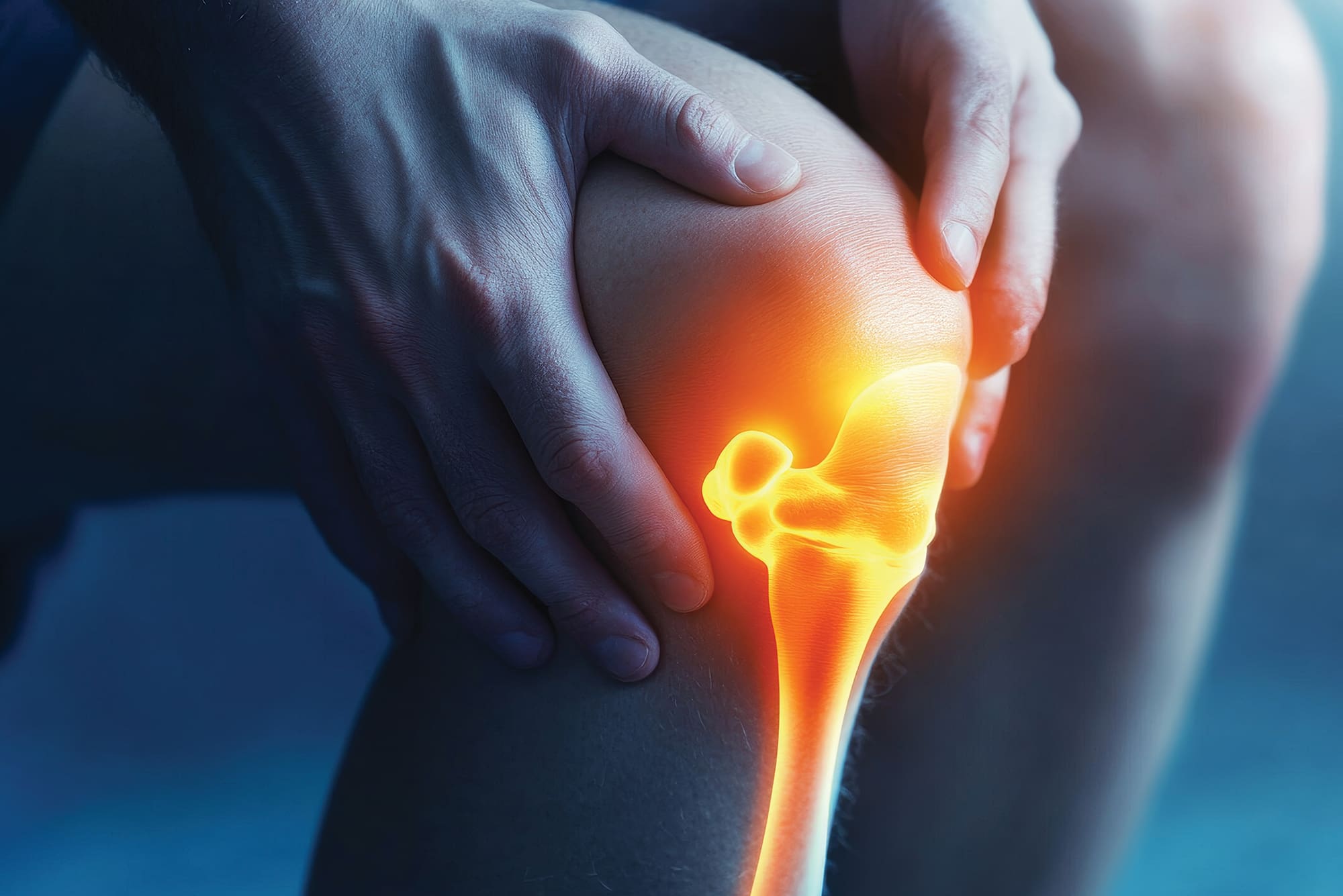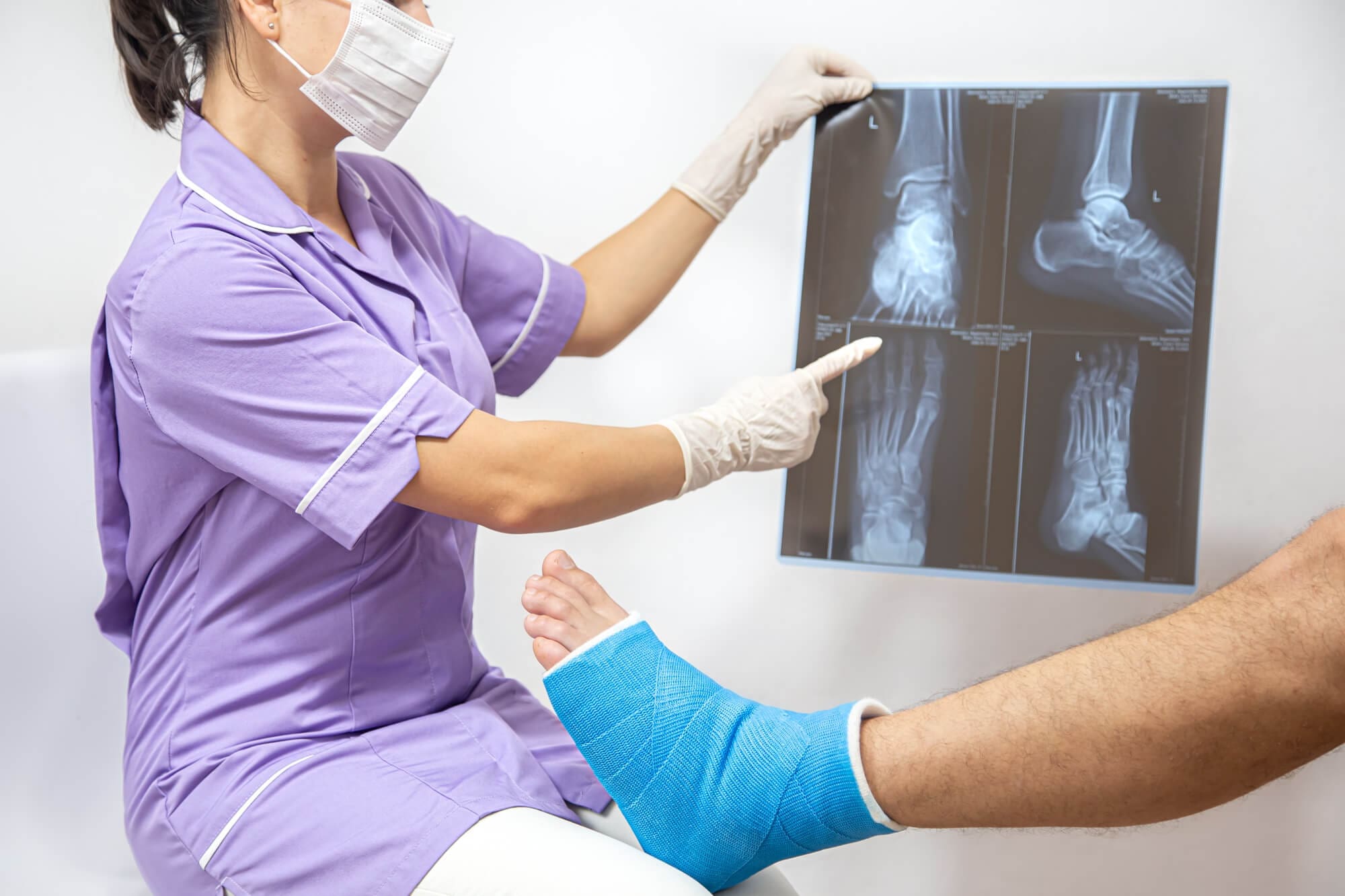
Spinal pain can significantly impact your daily life, making simple tasks difficult. If you suffer from chronic pain due to conditions like herniated discs, arthritis, or spinal stenosis, spinal injections may offer relief.
At Burlingame Orthopedics, Dr. Gaurav Abbi provides safe and effective spinal injection treatments to help manage pain and improve mobility.
We offer spinal injections and pain management at our clinic in Burlingame, CA. For inquiries, call (650) 692-1475 or request an appointment online.
What Are Spinal Injections?
Spinal injections are minimally invasive procedures used to relieve pain and inflammation in the back, neck, or other spinal areas.
These injections can be both diagnostic and therapeutic, helping doctors determine the exact cause of pain while also providing relief.
Spinal injections typically contain anesthetic medication and corticosteroids to reduce inflammation and block pain signals. They are often delivered into the epidural space or directly near the spinal nerve roots to target pain at its source.
Types of Spinal Injections
There are several types of spinal injections, each designed for specific conditions and areas of pain. Dr. Gaurav Abbi specializes in SI joint injections and lumbar epidural injections:
Sacroiliac (SI) Joint Injections
- Use Case:
- Used for lower back pain originating from the sacroiliac joint.
- Can help patients with sacroiliitis or SI joint dysfunction.
- Goal: Reduce inflammation and pain in the sacroiliac joint, which connects the spine to the pelvis.
- Benefits:
- Provides relief from chronic lower back and hip pain.
- Improves stability and function in the pelvis.
- Helps patients regain mobility for daily activities.
Lumbar Epidural Injections
- Use Case:
- Recommended for patients experiencing lower back and leg pain due to conditions like herniated discs, spinal stenosis, and sciatica.
- Goal: Deliver anti-inflammatory medication into the epidural space of the lower back to relieve nerve irritation and reduce pain.
- Benefits:
- Reduces pain and inflammation caused by nerve compression or disc herniation.
- Improves function and quality of life by restoring mobility.
- Allows patients to delay or avoid surgery by providing non-surgical pain relief.
- Facilitates participation in physical therapy and rehabilitation programs.
- Commonly used to treat herniated discs, sciatica, and spinal stenosis.
- Targets nerve roots within the epidural space of the lumbar spine.
- A frequently used epidural injection technique for addressing radicular pain and leg pain caused by spinal nerve compression
Dr. Gaurav Abbi performs these spinal injections in-office. The injections mentioned below are referred out to other specialists.
Facet Joint Injections
- Use Case:
- Targets small joints in the spine that can cause localized pain.
- Ideal for treating arthritis or degenerative changes in the spine.
- Provides both pain relief and diagnostic information.
- Goal: Alleviate pain and inflammation in the small joints of the spine, improving flexibility and reducing discomfort.
- Benefits:
- Helps restore range of motion in the spine.
- Provides quick relief to support daily activities.
- Assists in determining if facet joint dysfunction is the pain source.
Medial Branch Blocks
- Use Case:
- Targets nerves that transmit pain signals from the facet joints.
- If pain relief occurs, patients may be candidates for a longer-term radiofrequency ablation.
- Goal: Temporarily numb pain-transmitting nerves to determine if a patient is a candidate for long-term relief with radiofrequency ablation.
- Benefits:
- Provides immediate pain relief to confirm the source of discomfort.
- Can lead to longer-term pain control with additional treatments.
- Allows patients to explore non-surgical pain management options.
Nerve Root Blocks
- Use Case:
- Focuses on specific spinal nerve roots that may be compressed or irritated.
- Often used for conditions like radiculopathy (pinched nerves) or nerve inflammation.
- Goal: Identify and treat specific nerve root inflammation to relieve radiating pain from conditions like herniated discs.
- Benefits:
- Reduces inflammation and pain from compressed spinal nerve roots.
- Helps determine if surgery may be necessary in severe cases.
- Provides relief from radicular pain traveling to the arms or legs.
Radiofrequency Ablation (RFA)
- Use Case:
- Uses heat energy to disable nerve signals that cause chronic pain.
- Often recommended for long-term pain relief after a successful medial branch block.
- Goal: Provide long-lasting pain relief by disrupting nerve function responsible for chronic pain.
- Benefits:
- Provides extended pain relief for up to a year or more.
- Reduces dependency on oral pain medications.
- Helps patients return to normal daily activities without constant discomfort.
Regenerative Therapy Injections
- Use Case:
- Uses platelet-rich plasma (PRP) or stem cells to promote natural healing.
- Helps repair damaged tissues and reduce inflammation.
- A non-steroidal alternative for patients seeking natural pain management.
- Goal: Promote the body’s natural healing process to repair damaged tissues and reduce pain.
- Benefits:
- Stimulates natural healing and reduces inflammation.
- Offers an alternative to steroid injections for pain relief.
- May improve function and slow the progression of degenerative conditions.
Spinal Cord Stimulators
- Use Case: Recommended for patients with chronic pain that has not responded to other treatments, particularly nerve-related pain.
- Goal: Use mild electrical impulses to interrupt pain signals before they reach the brain.
- Benefits:
- Provides long-term relief for chronic back and limb pain.
- Reduces dependency on opioid medications.
- Adjustable settings allow for personalized pain management.
- Reversible procedure with the option for a trial period before permanent implantation.
- Used for conditions like failed back surgery syndrome, neuropathy, and complex regional pain syndrome.
- Involves implantation of a small device that delivers electrical stimulation to the spinal cord.
Who Can Benefit from Spinal Injections?
Spinal injections are recommended for individuals experiencing:
- Chronic back or neck pain
- Sciatica or radicular pain
- Herniated discs or degenerative disc disease
- Spinal stenosis or arthritis-related inflammation
- Leg pain or nerve-related discomfort
- Pain that does not improve with physical therapy or medications
What to Expect During a Spinal Injection Procedure
Spinal injections are performed in an outpatient setting with the help of fluoroscopy (X-ray guidance) to ensure precise placement. The procedure typically includes:
- Preparation: The area is cleaned and numbed with a local anesthetic.
- Guided injection: Using fluoroscopic imaging, the physician carefully places the needle in the epidural space or near the spinal nerve roots.
- Medication delivery: A combination of anesthetic and steroid medication is injected.
- Post-procedure monitoring: Patients are observed briefly before being discharged.
The entire process takes about 30 minutes, and most patients return to normal activities within a day.
Benefits of Spinal Injections
- Quick Pain Relief: Reduces inflammation and alleviates pain.
- Minimally Invasive: No incisions or long recovery times.
- May Delay or Prevent Surgery: Helps manage symptoms before considering surgical options.
- Diagnostic Tool: Helps pinpoint the source of pain.
- Effective Injections for Pain Management: Helps reduce dependence on oral pain medications.
Are Spinal Injections Safe?
Spinal injections are considered safe when performed by experienced specialists. Potential side effects are minimal but may include temporary soreness, mild headaches, or rare allergic reactions. Our team follows strict safety protocols to ensure patient comfort and optimal results.
Why Choose Burlingame Orthopedics for Spinal Injections?
- State-of-the-art imaging for precision placement.
- Personalized treatment plans based on your unique condition.
- Comprehensive care, including physical therapy and alternative pain management options.
- We can also provide surgical management if needed. Learn more about our spine surgery services.
At Burlingame Orthopedics, our team is dedicated to restoring mobility and function after a bone fracture. Our providers include:
Schedule Your Appointment
If you are struggling with back or neck pain, spinal injections could be the solution.
To book an appointment at our orthopedic and sports medicine clinic in Burlingame, CA, call (650) 692-1475 or request an appointment online.
Conveniently Located for Easy Access
- Across the street from Mills Peninsula Hospital
- Private parking lot for hassle-free visits
- Easily accessible by Caltrain and local bus routes
FAQs About Spinal Injections
What is the downside of spinal injections?
While spinal injections can provide significant pain relief, potential downsides include temporary soreness at the injection site, rare allergic reactions, or, in some cases, only short-term relief. Repeated steroid injections may also weaken tissues over time.
How long do spinal injections last for?
The duration of pain relief from a spinal injection varies from person to person. Some patients experience relief for weeks, while others may have several months of reduced pain. The effects depend on the underlying condition and the type of injection received.
What is the difference between a spinal injection and an epidural injection?
A spinal injection is a broad term that includes various types of injections aimed at relieving back and neck pain. An epidural injection specifically refers to an injection into the epidural space to target nerve inflammation and radicular pain, commonly used for conditions like sciatica and herniated discs.
How painful is a spinal cord injection?
Patients typically experience minimal discomfort during a spinal injection as the area is numbed with a local anesthetic. Some may feel pressure or a mild burning sensation as the medication is injected, but severe pain is uncommon. After the procedure, mild soreness at the injection site is normal and usually resolves within a day or two.











